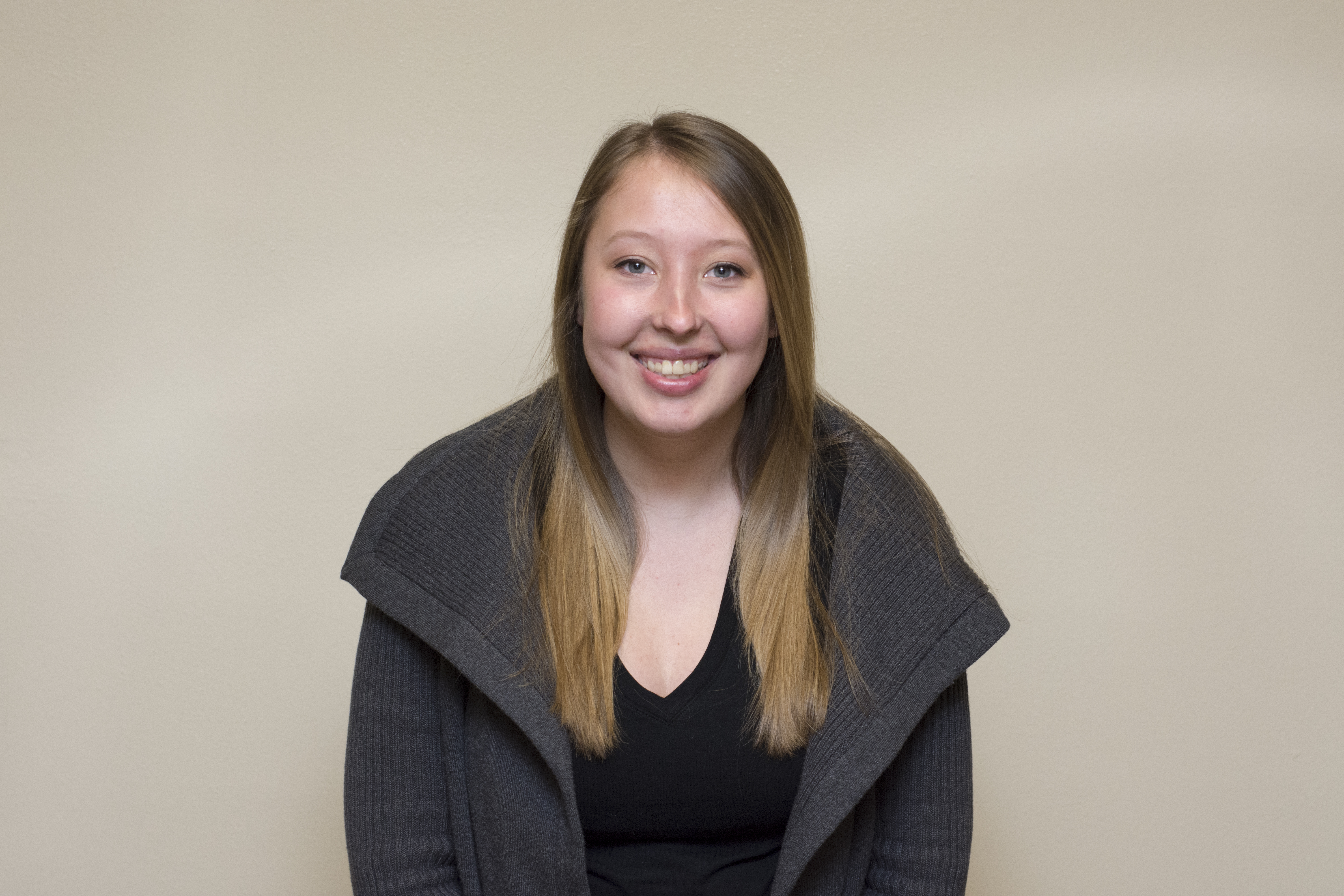Celebration of Scholars
Moderne: An Art Deco Typeface Design
 Name:
Krista Rumfield
Name:
Krista Rumfield
Major: Graphic Design
Hometown: Fort Wayne, IN
Faculty Sponsor:
Other Sponsors:
Type of research: Course project
Abstract
One of the most important elements of design in typography. Typography allows designers to convey a message in multiple ways. Typefaces must be legible but must also evoke personality and emotional connections to the content. As designers it is crucial to understand the anatomy and structure of typefaces to grasp the relationship to the viewer. After studying the fundamentals, each of us created our own alphabet string.The project started with inspiration from hand-lettered signs around Kenosha that were photographed and analyzed. I was drawn to a tattoo parlor's signage that featured tall, thick stems and thin crossbars. My interpretation of these letters led me to develop a font with an Art Deco style of the 1920s.
The next step was to hand-draw multiple variations of each letter-form on graphing paper. After experimentation through trial and error, a cohesive font began to emerge. Once the basics were drawn, images of the sketches were scanned onto the computer and fine tuned in Adobe Illustrator. Then another program was used to convert the vector images into a font string that can be used in other formats.
Once the typeface was complete, we each created a graphic and informative poster describing the font's characteristics and overall style.
Submit date: March 16, 2016, midnight
